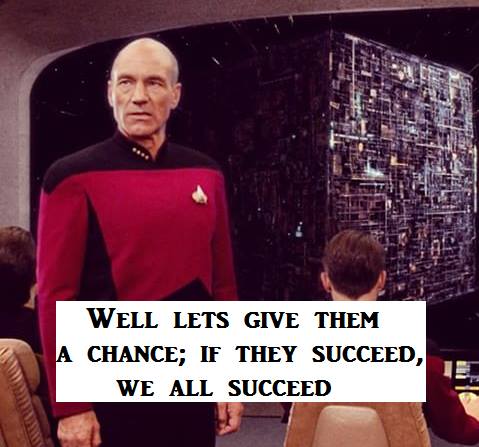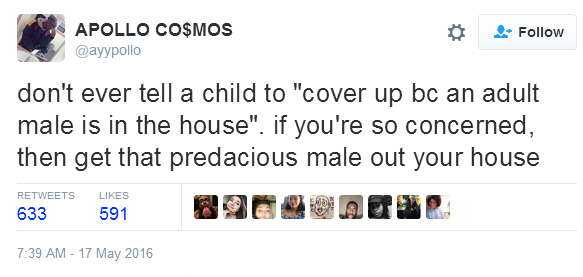When he was a little boy, Sam Vimes had thought that the very rich ate off gold plates and lived in marble houses.
He’d learned something new: the very very rich could afford to be poor. Sybil Ramkin lived in the kind of poverty that was only available to the very rich, a poverty approached from the other side. Women who were merely well-off saved up and bought dresses made of silk edged with lace and pearls, but Lady Ramkin was so rich she could afford to stomp around the place in rubber boots and a tweed skirt that had belonged to her mother. She was so rich she could afford to live on biscuits and cheese sandwiches. She was so rich she lived in three rooms in a thirty-four-roomed mansion; the rest of them were full of very expensive and very old furniture, covered in dust sheets.
The reason that the rich were so rich, Vimes reasoned, was because they managed to spend less money.
Take boots, for example. He earned thirty-eight dollars a month plus allowances. A really good pair of leather boots cost fifty dollars. But an affordable pair of boots, which were sort of OK for a season or two and then leaked like hell when the cardboard gave out, cost about ten dollars. Those were the kind of boots Vimes always bought, and wore until the soles were so thin that he could tell where he was in Ankh-Morpork on a foggy night by the feel of the cobbles.
But the thing was that good boots lasted for years and years. A man who could afford fifty dollars had a pair of boots that’d still be keeping his feet dry in ten years’ time, while a poor man who could only afford cheap boots would have spent a hundred dollars on boots in the same time and would still have wet feet.
This was the Captain Samuel Vimes “Boots” theory of socioeconomic unfairness.
Men at Arms
by Terry Pratchett (via
)
I actually use this example of boots when I talk about how expensive it is to be poor irl tho, Sir Terry knew what he was fuckin on about.
(via wrotemyown)


